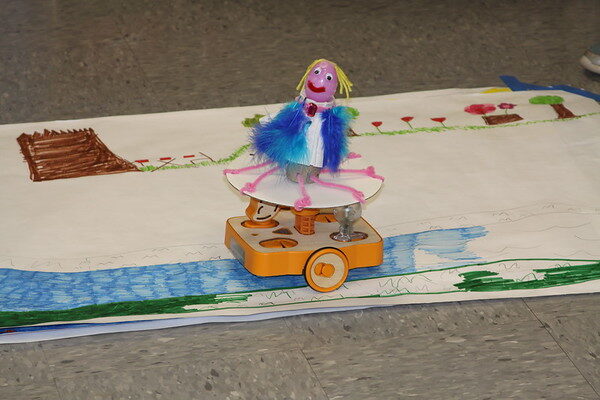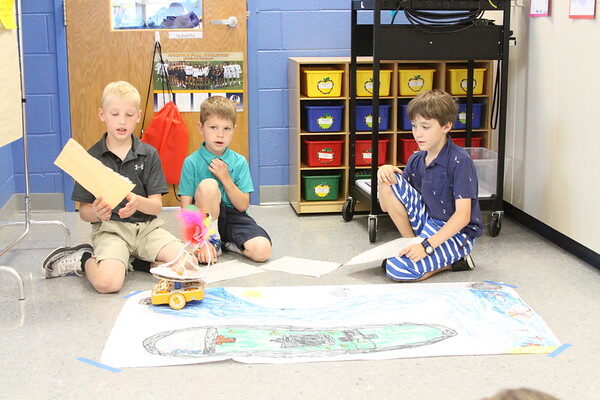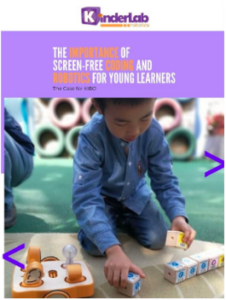View from the Classroom – Merging Elementary Robotics with Greek Mythology
Robin Ricketts, Computational Thinking and Robotics Teacher from The Steward School in Richmond, VA shared her experience using KIBO during second grade Greek Mythology instruction entitled “Greek Gods and Robots”. In using KIBO, elementary robotics, Robin witnessed the success of this Greek project for their students.
“We wanted to plan an experience that allowed the children to bring their own ideas and creativity to the table while constructing a project that was personally meaningful.”

Integrating KIBO, the elementary robotics kit, within the 2nd grade classroom
When the teachers at the Lower School asked to collaborate on a study of Greek myths, KIBOs were offered as tool to foster the engineering design process, creativity, collaboration, and computational thinking. The second-grade teachers decided KIBO was the perfect tool to tie this instruction together.
In this integrated STEAM lesson, the students were guided to:
- Read the Greek myths
- Choose a specific myth for their project
- Create written scripts to read as the KIBO robot god moves through their story space (a floor map they create)
- Sketch the story space
Once the students planned out their project, students were tasked to creatively design a Greek myth character with craft materials and then place their creations on top of their student assembled KIBOs. The students then programmed their decorated KIBO robot to travel through their “story spaces”.

Outcome of using hands on robotics in the elementary classroom
The students gathered around each story map as the authors ran their KIBO robot they designed and programmed and read their accompanying scripts. The groups worked together to construct a program that would move their ‘Greek God’ robot through their story space, stopping at the appropriate places as they narrated their adventure. In using KIBO, the children were able to build upon their existing knowledge and interest, constructing new knowledge that was personally meaningful. Robin found that when the lesson is structured this way, it leads to a deeper understanding of the subject.
When the students were debriefed on the whole project, the teachers were surprised that almost every group talked about their strategies for collaborating on story writing, robot construction, map drawing, and how to program the KIBO. This provided the students with much more than just STEAM skills.
They also found that almost every group focused on the social-emotional challenges this project presented. The groups needed to listen to each other, make decisions as a group and combine their ideas and skills. The students pointed out how important it is to give each member of the group time to express their ideas, their frustrations and to acknowledge in a respectful way that each person is heard and their thoughts are valued. They also talked about how to deal with group members whose behaviors they found frustrating.
We look forward to learning more about the The Stewards School’s next integrated KIBO project.
For more information on their use of KIBO, the elementary robotics kit.
Read Robin’s full “KIBO Experience“, where educators submit their exciting work with KIBO and share it with other educators.



















